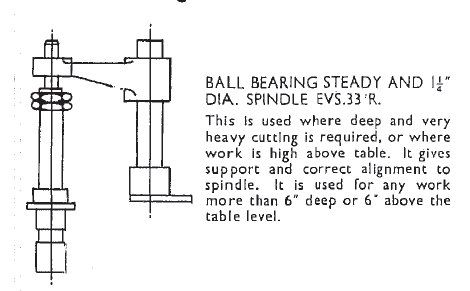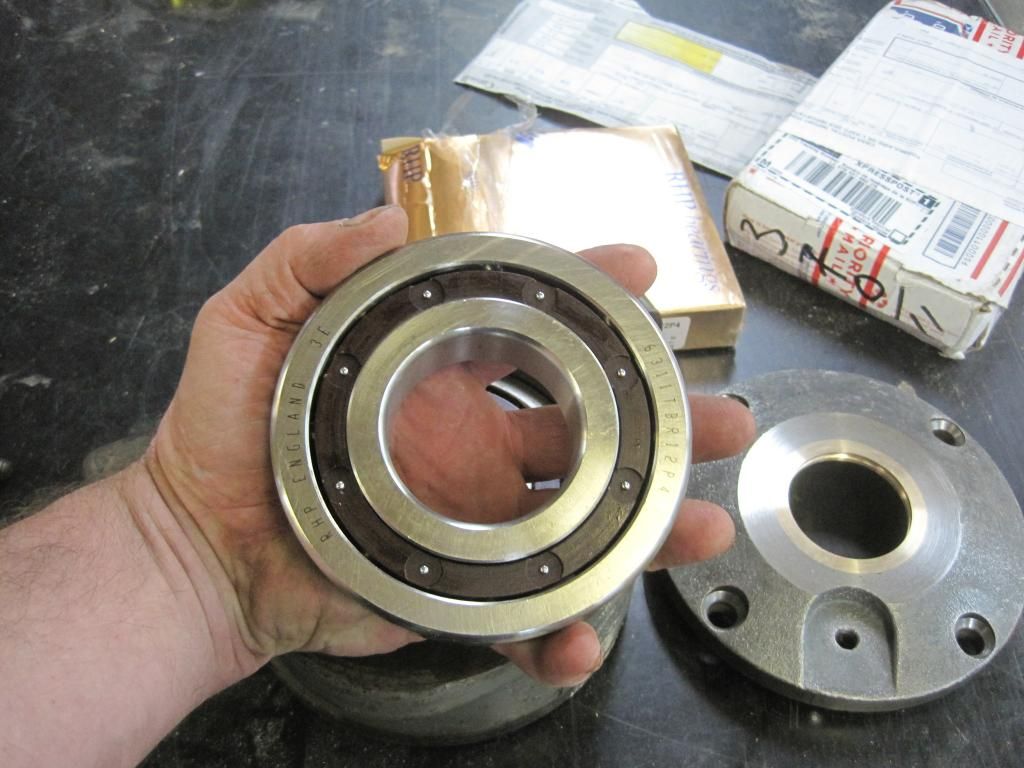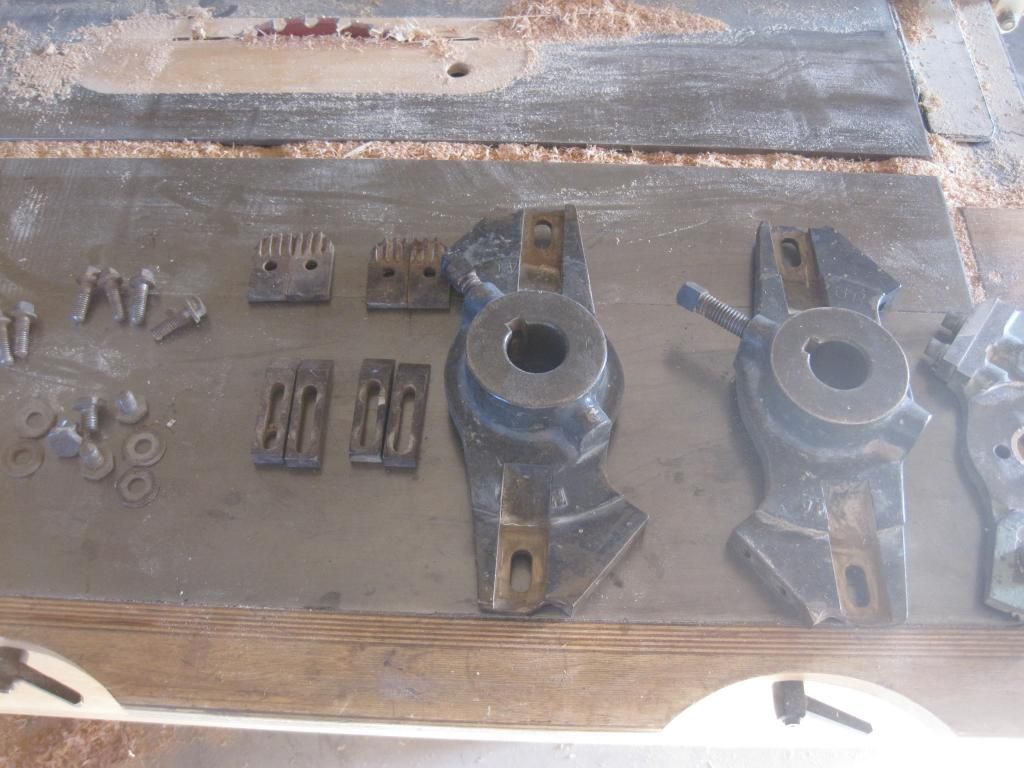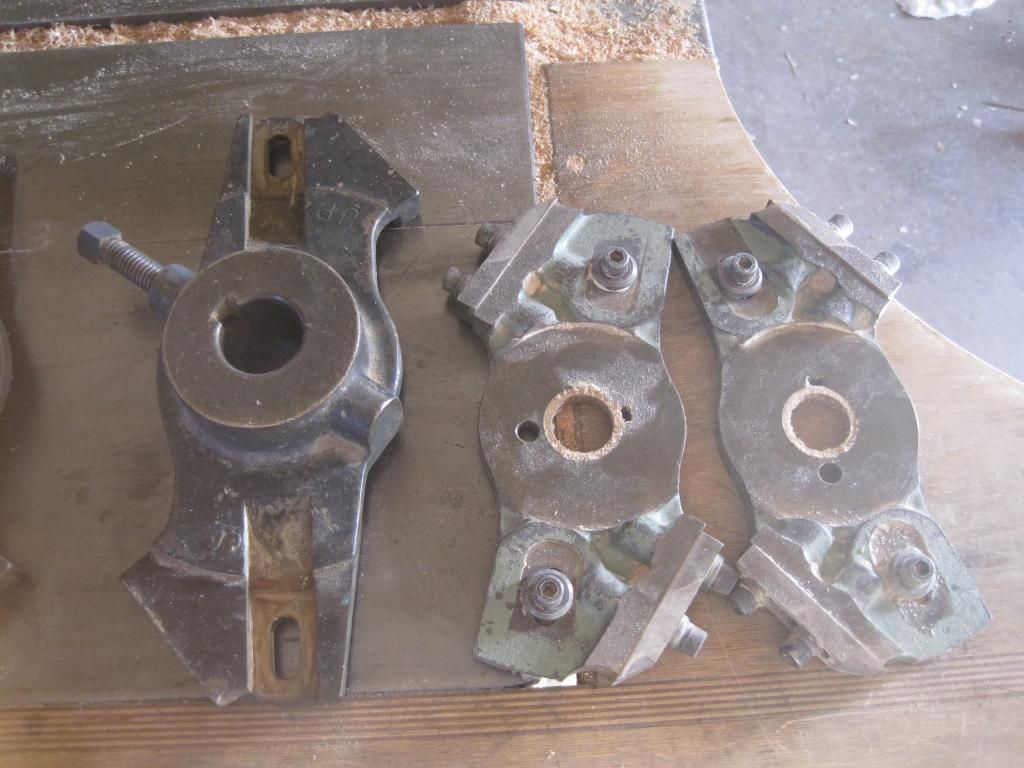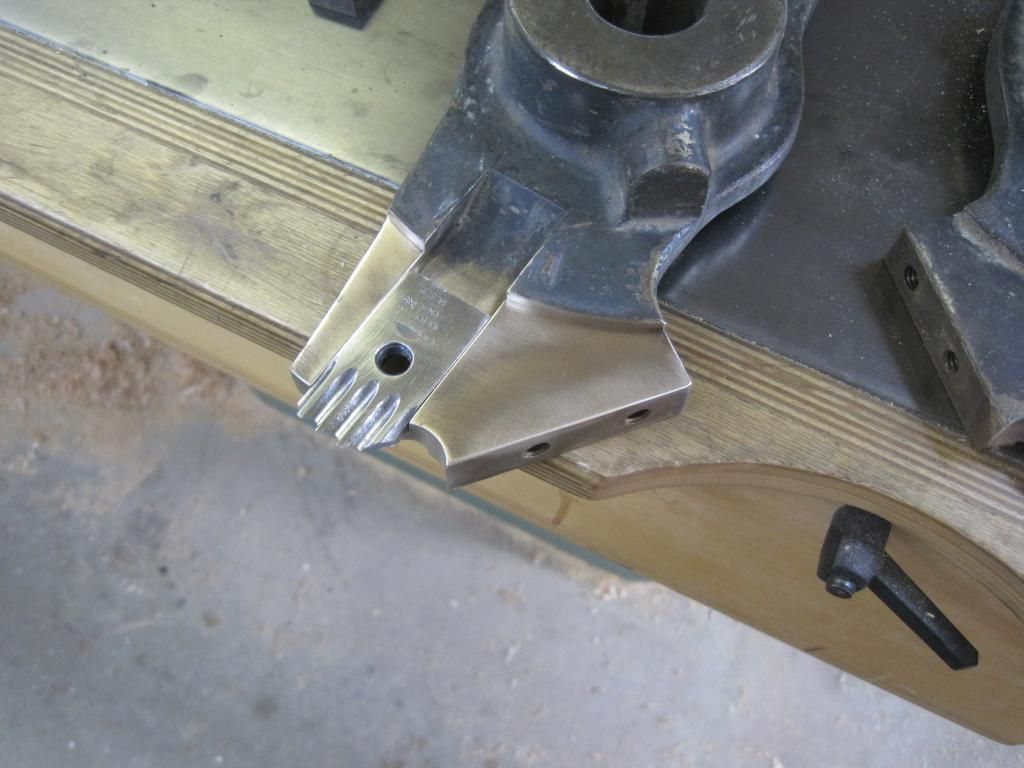
Originally Posted by
jack forsberg

746 watts per hp is what i think your talking about but that's engineer paper figures, in real life you have to account for power factor(its stamped on the motor tag) to rate the efficacy and number of polls in the motor . Slow speed motors of the same hP draw more amps than 2 pool 3600 rpm motor by design. so the 746 watt draw is very general in term of hp and motor design has a fair bit to play in the over all machine draw. it not correct to say a motor has more hp or less based on this single metric.
the speeds of the 27 are in line with a 3/4" spindle moulder builds. are you feeding to fast?
Thats what I'm talking about Jack. There is a theoretical conversion factor, watts per HP, dictates the "maximum potential HP" output from a given input, then you deduct for friction, motor efficiency, etc. So at 220V the best you can hope for is roughly 5A makes 1HP....so your talking best case scenario you feed a motor 15A, you get 3HP....so how do some of these Chinese induction motors claim to produce 3 Hp but only draw 12A? Have they beat the laws of physics...do their engineers study harder than ours? Pretty sure they are just lying is my point, you can't do better than the theoretical maximum, you can only do worse, so knowing how many amps are going in does not alone tell you how many HP are coming out, agreed, but it does suggest the best you could hope for, and if a company claims they are doing better than that......I'm calling bull. And I could link to at least several manufacturers that claim their shapers are 3HP units....then you read the posted manual and it says they draw 12A. Sounds like they just call their 2HP shaper a 3HP shaper....guy goes to raise panels, machine wont do it easily, figures he needs to step up to a 5HP machine....which is probably only really a 3HP machine.....and so on. I like the Italian motors on my shapers because they don't mention HP at all, they just rate them by kilowatts. I was asked by my phase convertor manufacturer not only what kind of machine I was starting, but country of origin, when I told him Italy he told me to go over a size on the phase conversion as the Italian motors are over wound and a bit harder to start because of it, and that wasn't a bad thing, just a factor to be considered.
I don't have a chart in front of me, but I'm thinking 7K rpm's suggests around a 3 1/2"-5" 3 wing cutter, and I've used the PM 27 to to spin those plenty. Put in a 6" panel raiser, its moving a bit fast, put in a 4" molding head with 3/4" projection, its moving a bit fast. Spinning a 6" panel raiser at 10K is verging on cuckoo based on diameter and I doubt many are rated for that speed. My next consideration when choosing a speed or a machine is what is the total cut...height of cut, depth of cut. I'll raise 1" cabinet doors with 5/8" sticking all day long on a PM 27. Start making 2 1/4" entry doors with a 5/8" depth of cut, doesn't matter what the speed is, the machine can't handle it single pass long term, you can hear it struggling. DAMHIK. My approach is not technical based on charts but results based, machine should "sound" right, no chatter, shavings are chips not chunks or dust (too fast feed or too slow), no burning. You know what I'm saying, you listen to the machine, you feel its right.
I spent yesterday pushing 2 1/4" stiles through a SCMI T130, machine barely seemed to know it was working. The PM27 didn't have that 6K speed or 5K speed because it really wasn't built to push anything that needs to go that slow, the hole in the table and the speed range tells the whole story. The 1 1/4" bore gets you the larger diameter (4" versus 2 7/8" for 2/4" bore) which gets you the gentler exit angle, way better cuts, and the machine will do it within its total cut ability, but some users and shop owners seem to think they have more machine there then it really is. I wish they built them all like your robinson!
"A good miter set up is like yoga pants: it makes everyone's butts look good." Prashun Patel






 Reply With Quote
Reply With Quote